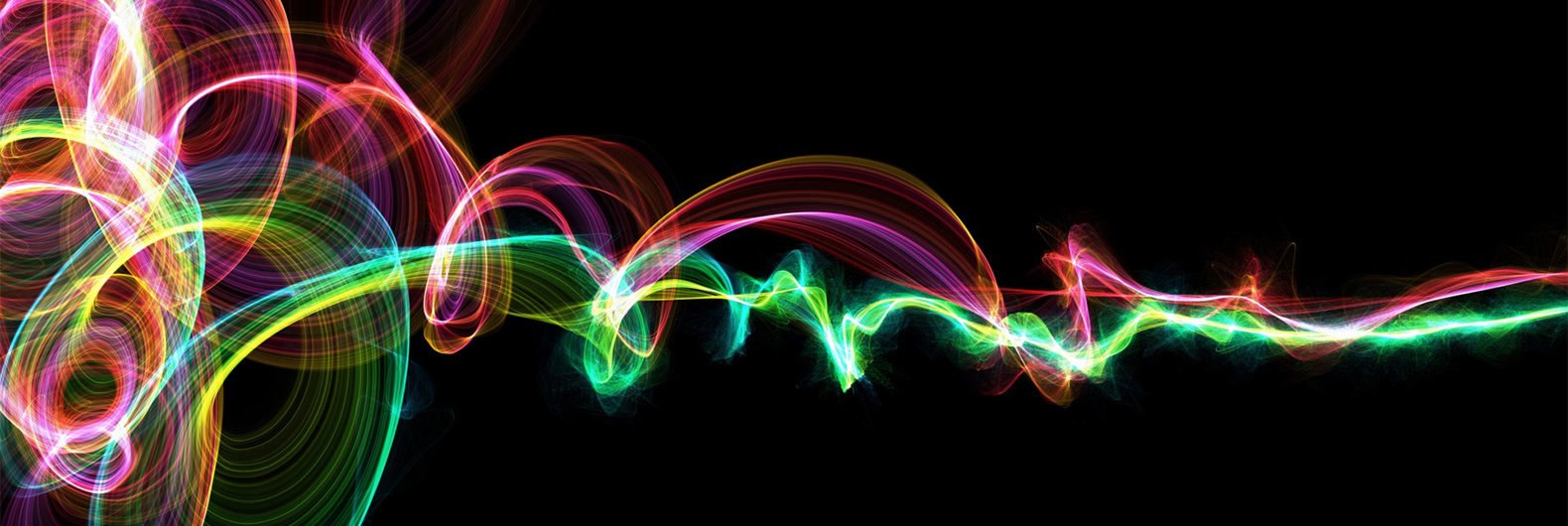Our Subtle Kinesthetic Sense
The potential for testing vials was greatly expanded in 1964, when Dr. George Goodheart introduced to the world Applied Kinesiology or AK. While AK is today an institution unto itself, one form or another of muscle testing is in widespread use.
Kinesiology is a method of testing/treating people using muscle monitoring. It stresses the body, and observes the reaction. Muscles are linked to acupuncture meridians, thus the method is indirectly testing through the meridian system.
The most fundamental principle supporting such broad popularity of muscle testing is that muscles are weakened simply by bringing into the body’s energy field, anything that the body perceives as harmful; and strengthened by something perceived by the body as beneficial.
Determining Body Stressors
Testing Procedure:
- A patient holds their arm out towards the practitioner, who gently presses the arm downwards to determine a strong muscle when the arm holds and stays strong.
- The practitioner then touches the patient’s mid-point between the eyebrows (3rd eye) and presses the arm again. This time, the arm should go weak.
- This has established a circuit suitable for testing.
- Then the practitioner places a substance on the thymus or temple of the patient.
- If the arm stays strong when pressed, the substance is not considered a stress on the body.
- If the arm goes weak, the substance is considered to be a stress on the body.
If a circuit can not be established, it indicates a blockage and more advanced techniques would be used to remove it, such as using a Oberon device.
Kinesthetic Sense
No other senses need be involved than what we might call our subtle kinesthetic sense. We generally think of our kinesthetic sense as our ability to learn to perform bio-mechanical skills by practicing them—drilling them into the somatic memory so you can “do them in your sleep.”
Unlike cognitive learning—like a foreign language or math—kinesthetically learned activities — like learning to walk, swim, or ride a bicycle—are not forgotten, but permanently imprinted into our cellular, or somatic memory.
And unlike our physical senses, our subtle kinesthetic sense is "non-organic." We have eyes to see, ears to hear, and a nose to smell, but no particular organ is responsible for our subtle kinesthetic sense. It can operate independently of our other senses and even our rational cognition.
But there is much more to our subtle kinesthetic sense than learning bio-mechanical skills. It appears to be closely associated with our somatic memory.
Etched into our subconscious, somatic memory is the history of every event, every food, plant, mineral, animal, injury and disease we have encountered since the day we were born and probably before, whether we were overtly aware of it or not.
The Electromagnetic (EM) Signature
How can our kinesthetic sense detect something?
We easily accept that we can identify things with our senses by sight, sound, touch, etc.
But, for the body to sense something —like a testing vial imprint— without the regular senses, there must be something else —something subtle or extrasensory— and sufficiently elaborate for the body to instantly and accurately discriminate among countless possibilities.
Our energy body is a realm of pure information expressed in an array of subtle electrical and magnetic frequencies.
From the subtle magnetic frequencies for every thought, emotion, impulse, atom, molecule, cell, tissue, and organ, the body's subtle kinesthetic sense can instantly recognize and identify any of them, and know how to respond to it.
Apparently, everything in our body and mind expresses a unique set of subtle electrical and magnetic frequencies, called "frequency signature" or "Electromagnetic Signature."
That is what testing vials as well as the memory of our Bioresonance device contain.
Please view this video: "Water Memory".

